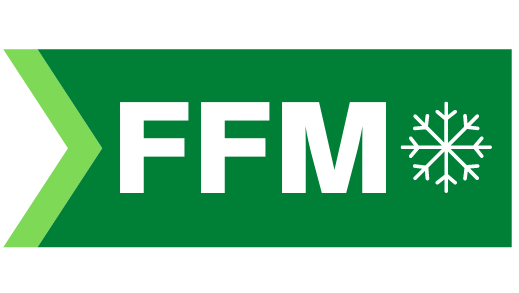Unveiling the Secrets of Frozen Seafood: Quality and Flavor Preservation
If you're a frozen food supplier or manufacturer, you know how important it is to maintain the quality and flavor of your products. Customers today are more discerning than ever, and they demand convenience without sacrificing taste and nutritional value. One food category that has gained widespread popularity in recent years is frozen seafood. However, many consumers are still skeptical about buying frozen fish, fearing that they might not be as fresh as their fresh counterparts.

In this blog post, we'll unveil the secrets of frozen seafood and explain how you can preserve its quality and flavor in your products.
Freezing Techniques
The first step to preserving the quality and flavor of frozen seafood is to ensure that it's frozen quickly and efficiently. This is because the longer the fish stays out of the water, the more it loses its freshness and begins to deteriorate. Most frozen seafood manufacturers use a method known as flash freezing to preserve the seafood. This technique involves exposing the seafood to very low temperatures (around -35oC) for a short amount of time (usually a few minutes). This rapid freezing process helps to lock in the freshness of the fish and prevent the formation of ice crystals, which can damage the texture of the fish.
Packaging
Another important factor that affects the quality of frozen seafood is the packaging. Proper packaging not only helps to protect the seafood from physical damage but also from freezer burn and oxidation. Most frozen seafood products are packed in vacuum-sealed bags that are specially designed to prevent air and moisture from getting in. This helps to maintain the texture and flavor of the seafood and prevents the formation of ice crystals.
Traceability
One aspect of quality control that's often overlooked in the frozen seafood industry is traceability. Customers today are more interested in knowing where their food comes from and how it's produced. As a frozen food supplier or manufacturer, it's important to be transparent about the origin and production process of your products. This not only builds trust with your customers but also provides them with the information they need to make informed purchasing decisions.
Quality Assurance
Finally, to ensure that your frozen seafood products are of high quality, you need to have a robust quality assurance program in place. This includes regular testing and inspection of the raw materials and finished products, as well as adherence to industry standards and regulations. Furthermore, you should invest in modern laboratory equipment to identify potential contaminants and ensure that your products are safe for consumption.
Flavor Preservation
Now that we've covered the importance of preserving the quality of frozen seafood, let's talk about how you can preserve its flavor. The key to preserving the flavor of frozen seafood is to season and marinate it before freezing. This not only enhances the natural flavor of the fish but also adds different flavor profiles that make it more interesting to customers. Additionally, you can experiment with different cooking methods and ingredients to add more depth and complexity to your products.
Frozen seafood is a popular and convenient food category that's here to stay. However, to ensure that your products stand out in a competitive market, you need to ensure that they're of high quality and flavor. By employing the techniques outlined in this blog post, you can maintain the freshness, texture, and flavor of your frozen seafood products and provide your customers with a satisfying and flavorful experience.











